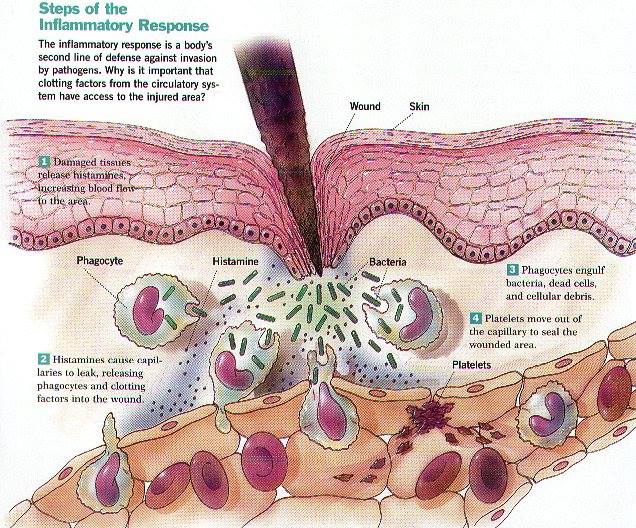El Síndrome Del Túnel Carpiano
¿Qué es el síndrome del túnel carpiano?
El síndrome del túnel carpiano es entumecimiento, hormigueo, debilidad y otros problemas en su mano a causa de la presión sobre el nervio mediano.
¿Qué causa el síndrome del túnel carpiano?
La presión sobre el nervio mediano puede venir de hinchazón o cualquier cosa que hace que el túnel carpiano más pequeños. Aunque hay muchas causas, algunas de las más comunes son los movimientos repetitivos de la muñeca y de la mano (como escribir) o una mala alineación en el hombro, el codo o la muñeca. Algunas otras causas incluyen: artritis reumatoide, la diabetes y otras condiciones inflamatorias.
¿Cuáles son los síntomas?
Los síntomas se producen con mayor frecuencia en el dedo pulgar, dedo índice, dedo medio, y la mitad del dedo anular. Si usted tiene problemas con los otros dedos, pero su dedo meñique está bien, esto puede ser un signo de que usted tiene el síndrome del túnel carpiano. Diferentes nervio da la sensación de que el dedo meñique.
Hormigueo, entumecimiento, debilidad o dolor en los dedos o la mano. Algunas personas pueden tener dolor en su brazo entre su mano y su codo.
¿Cómo se trata?
Hay muchos tratamientos disponibles que proporcionan alivio temporal, tales como antiinflamatorios, reposo, hielo, etc. Sin embargo, en Tamarindo Terapia Muscular creemos que es importante para llegar a la raíz del problema.
En el síndrome del túnel carpiano, aunque gran parte de la atención puede ser en el área de la muñeca, más que una estructura puede estar involucrado, la probabilidad de que otros músculos de estar fuera de equilibrio es alta. Normalmente las personas con el síndrome del túnel carpiano se presentan con una rotación interna del hombro y del brazo que afectan el nervio que proporciona la sensación en el túnel carpiano, que se origina en el cuello y el hombro. Es importante para liberar el tejido de la cicatriz a lo largo de todo el nervio de la vía.
El Koontzin método ha sido muy eficaz en el tratamiento de esta condición a través de estiramientos y específico de la manipulación manual de los tejidos blandos. Este método se alivia la presión y el dolor y proporciona una solución más permanente por tratar la causa y no sólo el síntoma.

.png)

